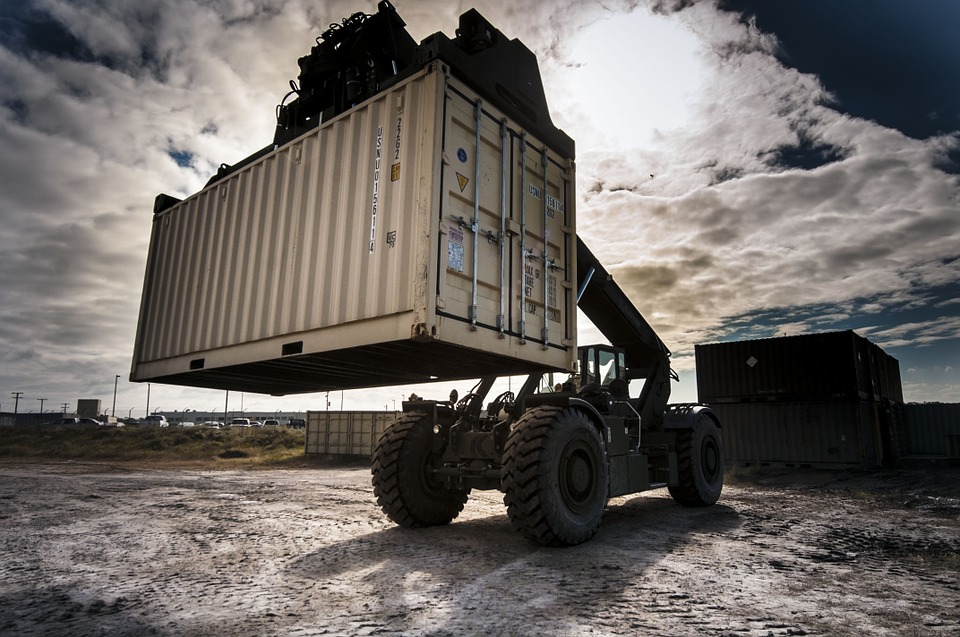 |
|
The announcement, on 31st August, that Hanjin Shipping, one of the world’s largest container shipping lines, had filed for receivership in South Korea is set to make waves in the world of international trade. In the short term, the consequences of this decision are likely to cause delays, uncertainty and additional costs for numerous shippers and importers, at a critical business period; however, the longer term implications may also be significant. This measure is believed to be the largest ever insolvency affecting a container shipping line. Until its demise, Hanjin was the seventh largest container shipping line in the world, operating 98 container vessels with capacity of more than 600,000 TEUs (Twenty foot equivalent units). As a result of the decision, ports, cargo operators and carriers around the world moved to seize assets of the company, including containers loaded with cargo, while Hanjin vessels at sea were denied access to ports in the immediate aftermath. It is anticipated that tens of thousands of containers may be affected – either held in ports of loading, on board detained vessels or in the country of destination. Loaded containers may be held for an indefinite period until receivers are appointed, who can make arrangements in different countries for cargo to be released. The decision has come at a significant time in the shipping calendar – when cargo volumes from the major low-cost manufacturing countries of Asia into established markets in Europe and North America are at high levels, in advance of traditional retail “peak seasons”. It is anticipated that many of the containers affected by the dispute are destined for the High Street, ahead of the end of year holiday season. Many are expected to be hit by disruptive delays: some time sensitive cargos may become unusable or unwanted, while some traders will be obliged to order replacement shipments, to manage inventory. The specific implications for individual traders will depend on the nature of the transport and logistics contracts with forwarders and / or carriers. Members who are affected are advised to seek information from their forwarder and legal advice, but also to notify their cargo insurer where relevant. The Institute’s Technical Help service is also available to support members. The impacts of this decision may also be felt in the longer term. Hanjin Shipping had reportedly been experiencing financial issues for some time, however the wider container shipping industry has been suffering from falling revenues for several years in many major trade routes, including the previously lucrative Asia – Europe and Asia – North America ones. The roots of the financial pressures on container lines can be traced back to two main causes.
The introduction of newer, larger vessels into stagnant markets had the effect of driving down freight rates, as carriers fought to win business to achieve high vessel utilisation levels, which would drive lower operating costs. While the gradual economic recovery in recent years has led to some improvement in cargo volumes on many trade routes, the situation has been exacerbated as more carriers followed the example of their competitors in placing orders for ever larger vessels, often incurring high finance costs. Despite measures by shipping lines to reduce costs by slower transit times, cutting out port calls and removing vessels from schedules, an imbalance still exists between supply of cargo and vessel capacity on the key Asian routes, resulting in aggressive pricing campaigns to win cargo volume. Attempts to restore economically viable freight rates have been largely unsuccessful, as shippers, forwarders and importers play carriers off against each other, and take advantage of low “spot” freight rates. Other container shipping lines have also published profit warnings in recent months, as a result of the trading environment, promoting speculation that the current bankruptcy might not be the last. Shippers would always welcome low freight costs, but today’s global supply chains require reliable and effective service levels to enable effective logistics. Shipping lines are commercial organisations and rely on operational profits to cover operating costs, as well as to repay investments in new vessels. While freight rates are often critical to the value of exported or imported goods, one of the most important factors for a business is stability and predictability. An urgent, major overhaul of container freight pricing policy is needed, to provide stability for exporters and importers – as well as a sound commercial platform for shipping lines. If you would like more information on the IOE’s membership, training and qualifications, please visit our website or contact us if you have any questions. |
Enter search criteria



